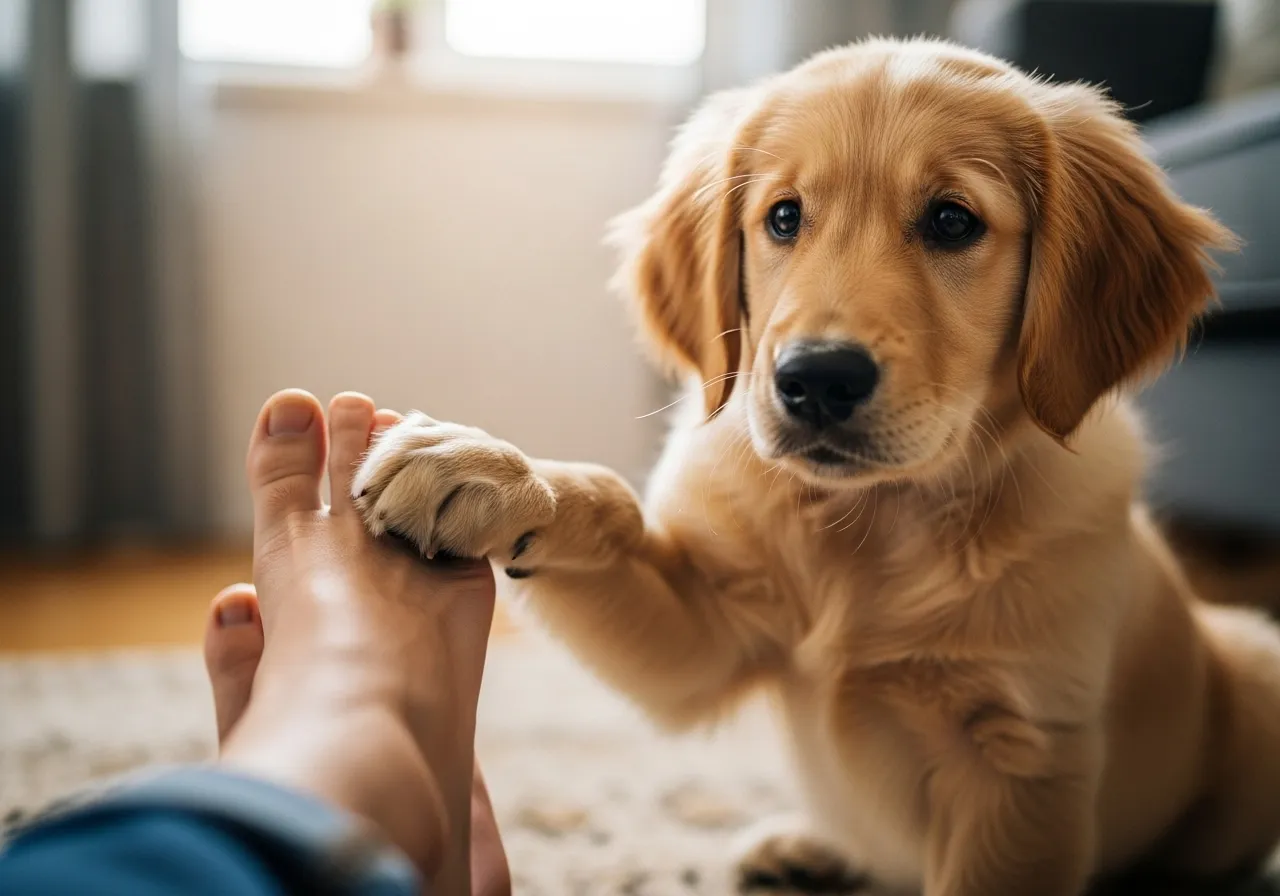
Understanding the “Velcro” Trait: Is It Affection or Anxiety?
Before we dive into the daily routine, it’s crucial to understand what drives this “sticky” behavior. The term “Velcro dog” isn’t a clinical diagnosis; it’s a loving descriptor for a dog that demonstrates an extremely strong preference for being near its owner. They might lean against your legs, rest a paw on you at all times, or trail you from the living room to the bathroom. In most cases, this is simply a sign of a deeply bonded, affectionate animal. However, it’s important to distinguish this from a more serious condition: separation anxiety.
Separation anxiety is a genuine panic disorder. A dog with separation anxiety experiences intense distress when left alone or separated from their primary person. This isn’t just a bit of sadness; it’s a panic attack. The signs typically only occur when the dog is alone and can include destructive behavior (like chewing door frames or destroying furniture), frantic vocalization (barking, howling, or crying), and house soiling (urinating or defecating) despite being house-trained. A Velcro dog, on the other hand, is usually perfectly calm and content as long as you are in the house, even if you’re in another room. Their clinginess is about proximity preference when you’re present, not panic when you’re absent.
Several factors can contribute to a dog developing Velcro-like tendencies. Certain breeds were historically developed to work closely with humans, making them some of the best dog breeds for constant companionship. Think of herding dogs who watch their shepherd for cues, or lap dogs bred specifically to be companions. Breeds like the Vizsla, Italian Greyhound, Cavalier King Charles Spaniel, and even the large-but-loving Great Dane are often noted for their “sticky” nature. You can find more information about breed temperaments from resources like the American Kennel Club (AKC), but remember that these are just generalizations.
Beyond breed, a dog’s individual personality and past experiences play a massive role. A rescue dog who has experienced instability or abandonment may be more prone to clinginess as they form a secure attachment, sometimes for the first time. This is a common and normal part of their decompression period—the initial weeks or months in a new home where a dog adjusts and learns to feel safe. The key is to respond with patience and consistency, not frustration. If you are ever truly concerned that your dog’s clinginess is rooted in fear or panic, the first and most important step is to consult your veterinarian to rule out any underlying medical issues. From there, a certified professional dog trainer or veterinary behaviorist can help you determine if you are dealing with true separation anxiety.














